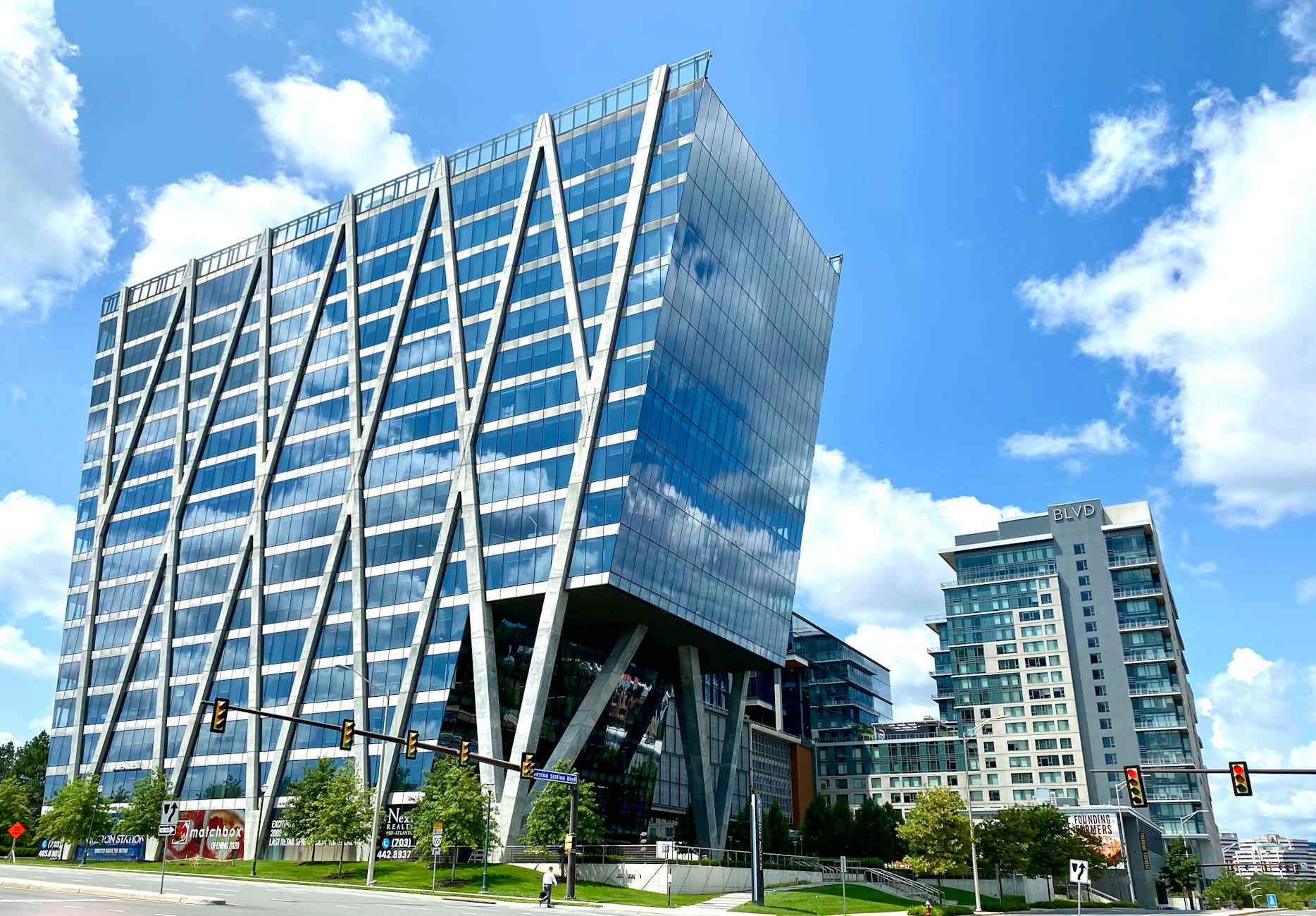Emerging Trends in Affordable and Low-Income Housing Development
Emerging trends in affordable and low-income housing development have become crucial as urban populations grow and housing demands increase globally. With the rising costs of real estate and economic challenges faced by many households, innovative approaches in this sector are not only necessary but urgent. This article explores the current developments shaping affordable housing, focusing on sustainability, technology integration, policy innovations, and community-centric design. Understanding these trends provides valuable insights into how cities and developers can create more inclusive living environments that meet the needs of vulnerable populations without compromising on quality or accessibility. By examining these emerging strategies, stakeholders can better address housing shortages and improve living conditions for low-income families around the world.
Incorporating sustainable building practices
The shift toward sustainability in affordable housing projects is gaining momentum as developers seek to reduce environmental impact while controlling costs. Energy-efficient materials, solar panels, and water-saving fixtures are increasingly standard features. For many low-income communities, reduced utility bills from these systems represent significant long-term savings. Additionally, developers are utilizing recycled or locally sourced materials to lower construction costs and carbon footprints. Green building certifications, such as LEED and Passive House, are becoming benchmarks for new projects, demonstrating a commitment to environmental responsibility alongside affordability.
Technological innovations and modular construction
Technology is transforming how affordable housing is designed and built, especially through modular construction and prefabrication. These methods allow parts of buildings to be manufactured off-site under controlled conditions, which accelerates timelines and reduces waste. The cost-effectiveness and flexibility of modular units make them ideal for low-income housing development. Smart home technology integration, including energy management systems and security features, is improving resident experience without inflating costs. Furthermore, data analytics are helping planners optimize space usage and improve community infrastructure planning.
Policy reforms and financing models
Effective policy reforms and innovative financing are essential drivers in addressing affordable housing shortages. Recent trends show increased government incentives for private-public partnerships, tax credits, and grants targeted at low-income housing projects. Inclusionary zoning policies mandate that a percentage of new developments be affordable, fostering mixed-income communities. Community land trusts and social impact bonds are gaining ground as financing tools that secure long-term affordability and community control. These reforms aim to bridge funding gaps and facilitate sustainable development without solely relying on government budgets.
Community-focused design and social integration
Emerging affordable housing models emphasize social integration and community well-being. Designing with input from residents ensures that developments meet actual needs, promoting mental health and social cohesion. Mixed-use developments that include services, retail, and recreational spaces help create vibrant neighborhoods rather than isolated housing blocks. Attention to accessibility features and public transportation links further integrates low-income housing into urban fabric, enhancing residents’ quality of life and opportunities. This holistic approach nurtures thriving communities that empower residents beyond providing just shelter.
Conclusion
The landscape of affordable and low-income housing development is evolving rapidly, driven by sustainability, technological advancement, policy innovation, and community-centered design. Sustainable building practices not only reduce environmental impact but also lower living costs, offering long-term benefits to residents. Technological and modular construction techniques streamline development, improve quality, and expand housing options quickly. Meanwhile, policy reforms create pathways for funding and encourage socially inclusive urban environments. Finally, focusing on the social and infrastructural needs of residents ensures that affordable housing contributes to vibrant, supportive communities. Together, these interconnected trends demonstrate a comprehensive approach to tackling housing affordability challenges and improving the lives of millions globally.
Image by: Andreas Leindecker
https://www.pexels.com/@andreas-leindecker-730264322
editor's pick
latest video
news via inbox
Nulla turp dis cursus. Integer liberos euismod pretium faucibua

